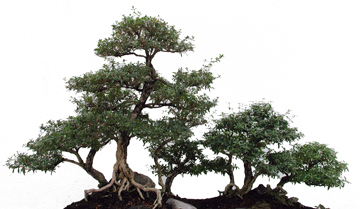Maliamuki’k msit Ko’kmanaq is a four-year collaborative project that focuses on Species at Risk in the Bras d’Or Lakes watershed, including lynx, marten, wood turtle, and several species of bumblebees, butterflies and birds. Project funding, provided through the Nature Legacy’s Canada Nature Fund, enables partners to advance the protection of habitat vital to the survival of iconic Canadian species.
The project team, led by UINR, will aim to improve the quality of the ecosystem for the benefit of Unama’ki communities and all our relations. The project will identify hotspots for species at risk in Unama’ki, educate the public on local species at risk, and protect important species at risk habitat.
As will all of UINR’s work, this project has a Two-Eyed Seeing approach, with equal value placed on the scientific research as well as the knowledge shared by Elders and local knowledge holders.
Maliamu’kik msit ko’kmanaq means “We are caring for all our relations”.
Project partners: Atlantic Canada Conservation Data Centre, Cape Breton Private Land Partnership, Cape Breton University, CEPI, Mi’kmaw Kinamatnewey, Nature Conservancy of Canada, Pitu’paq, Port Hawkesbury Paper, and NS Department of Lands and Forestry
Staff

Tristen Simon

Jessica Poirier
Wildlife Biologist

